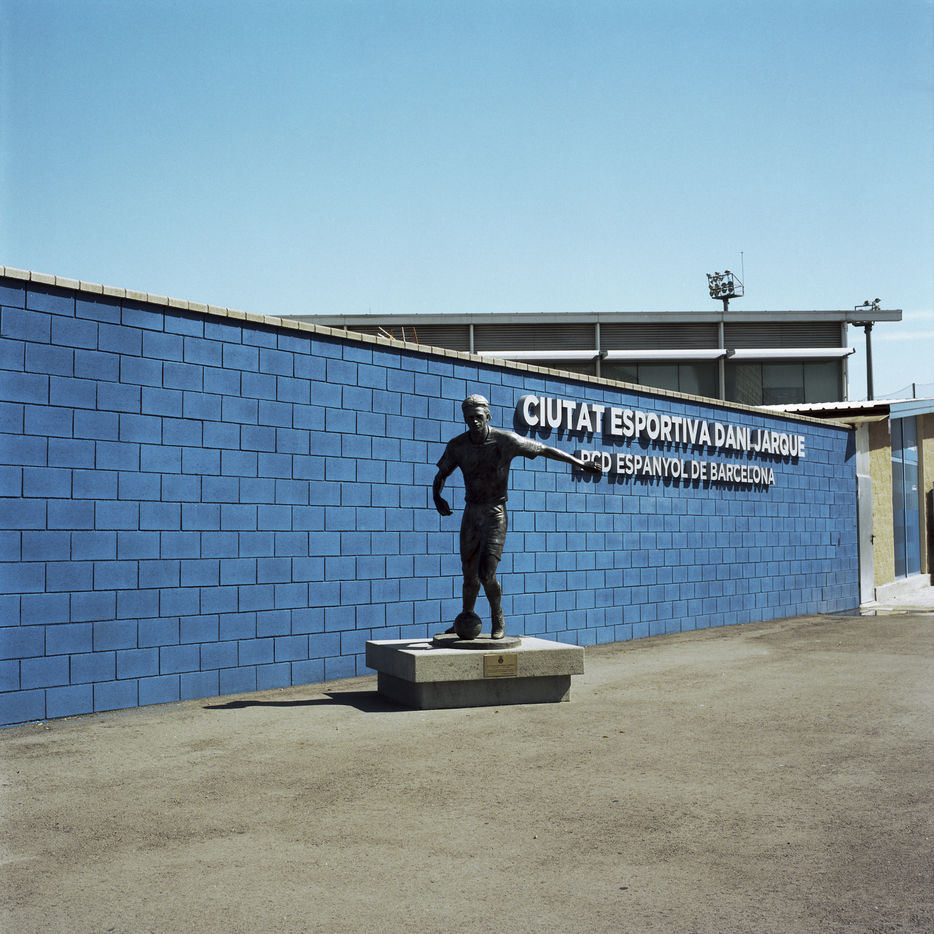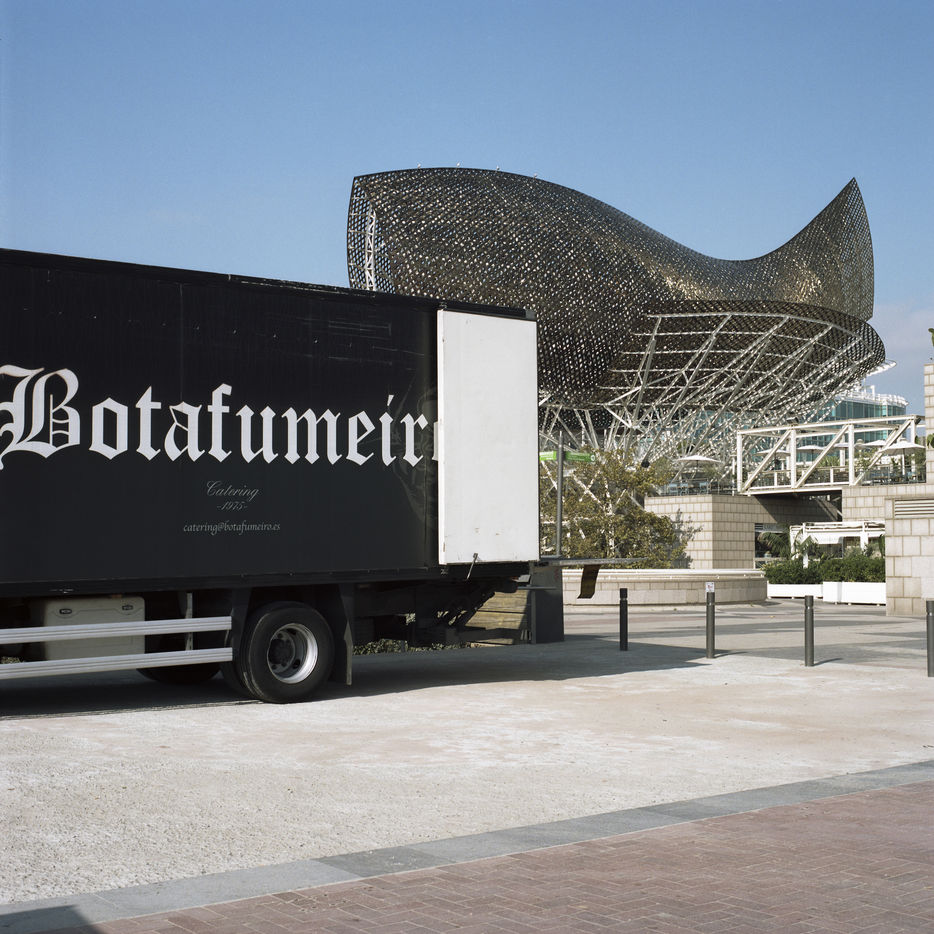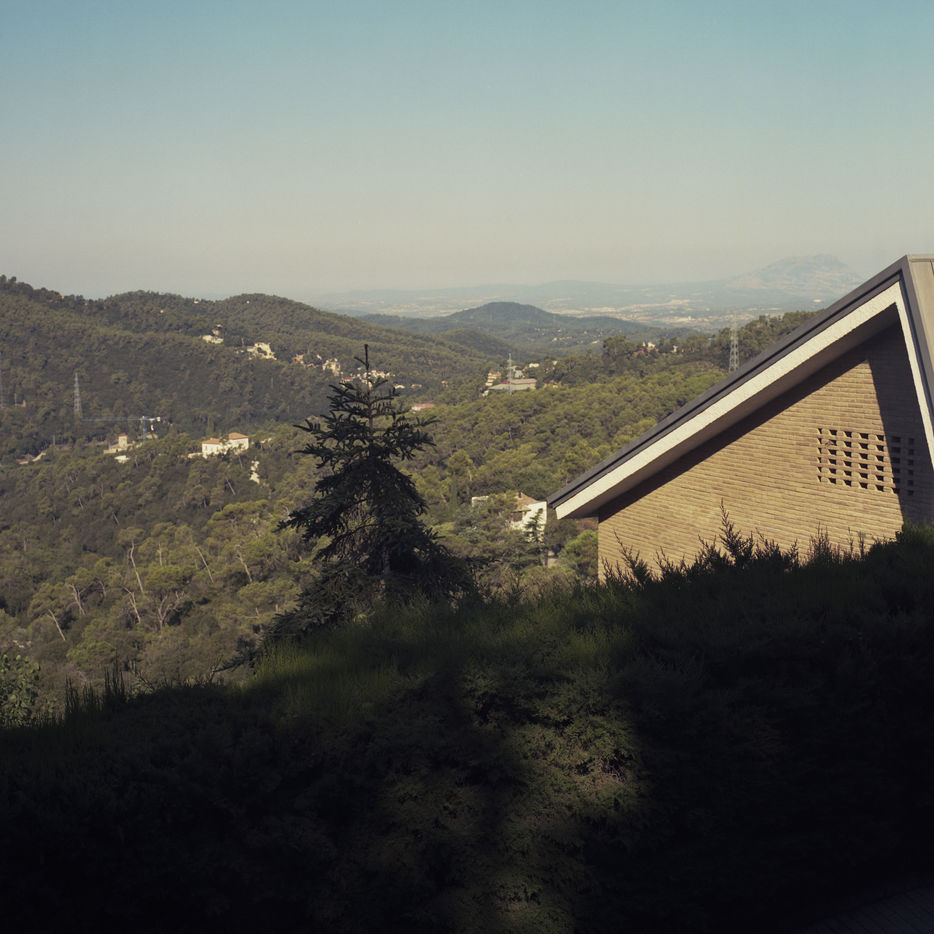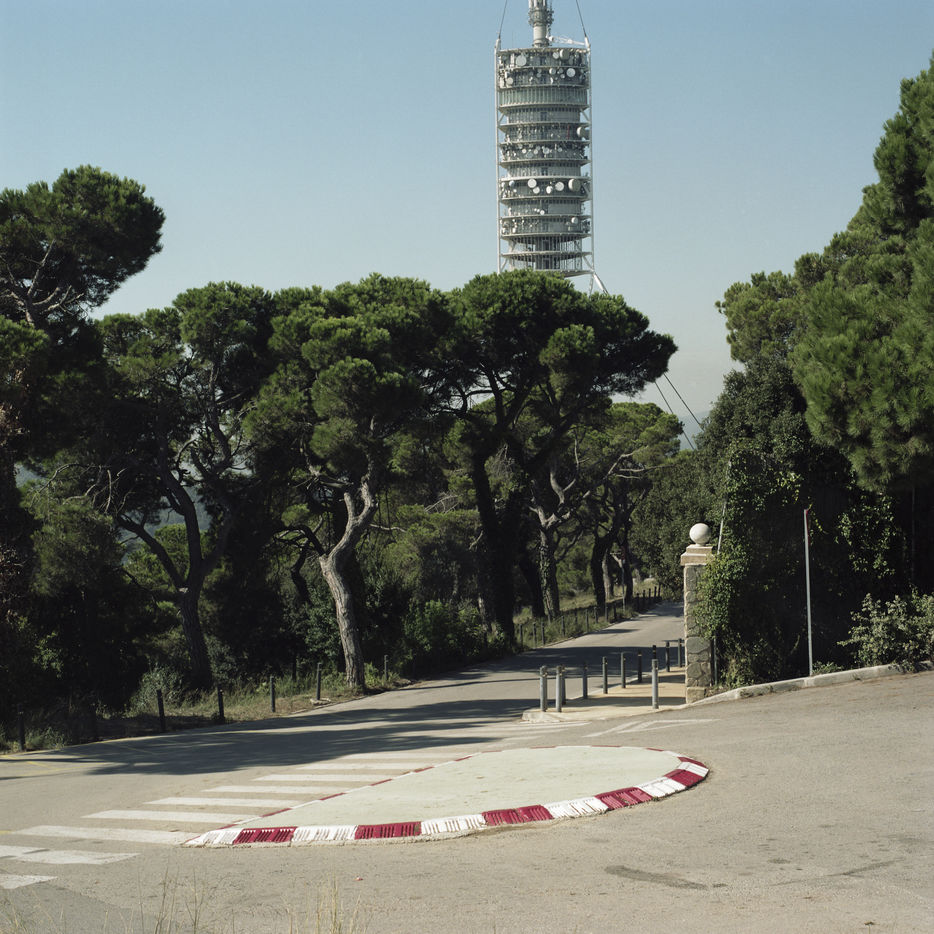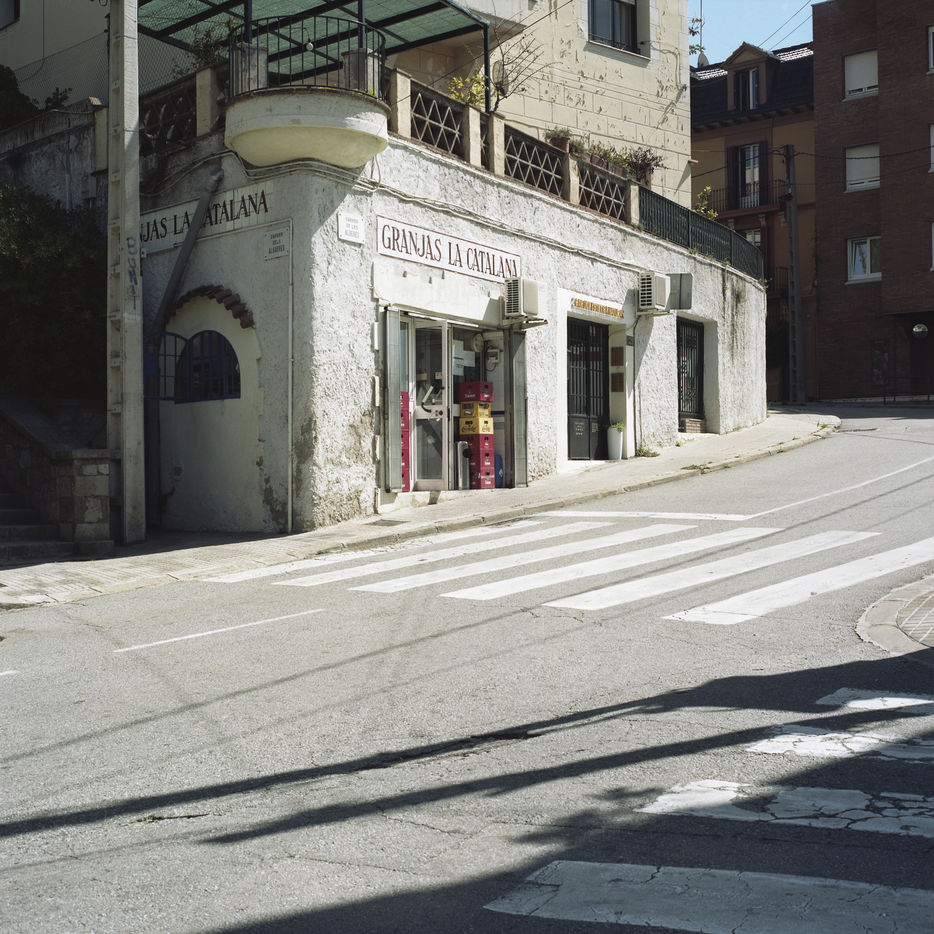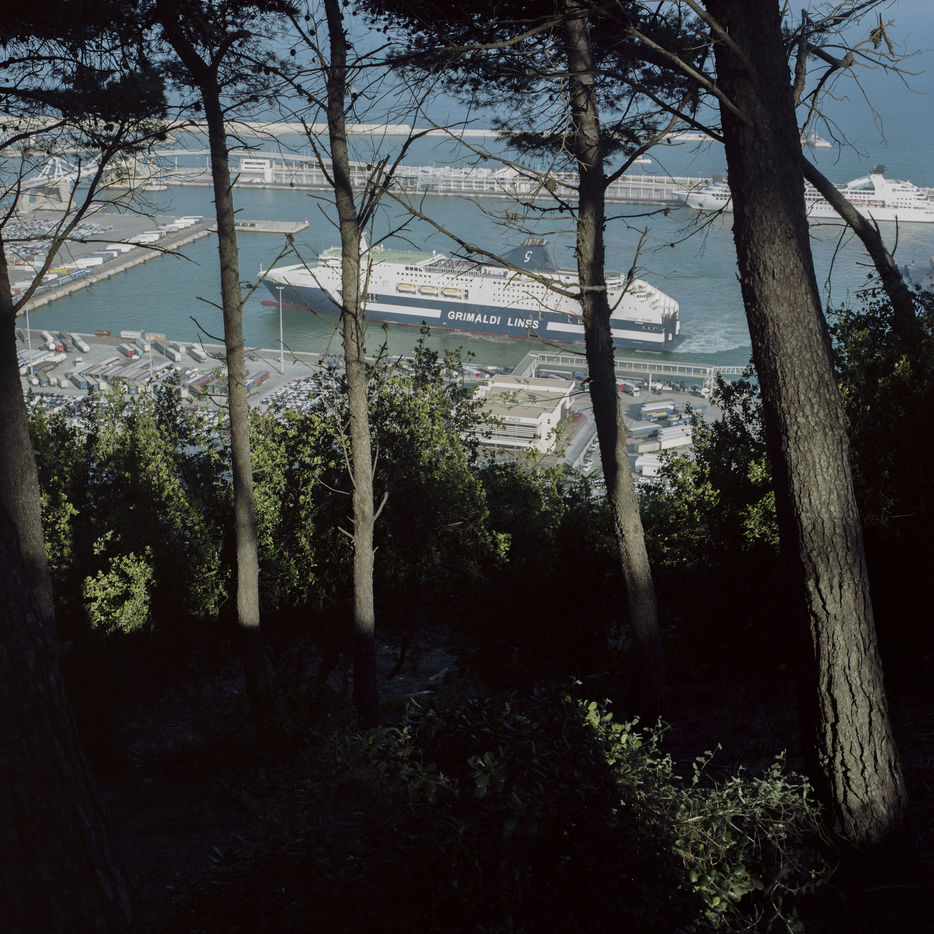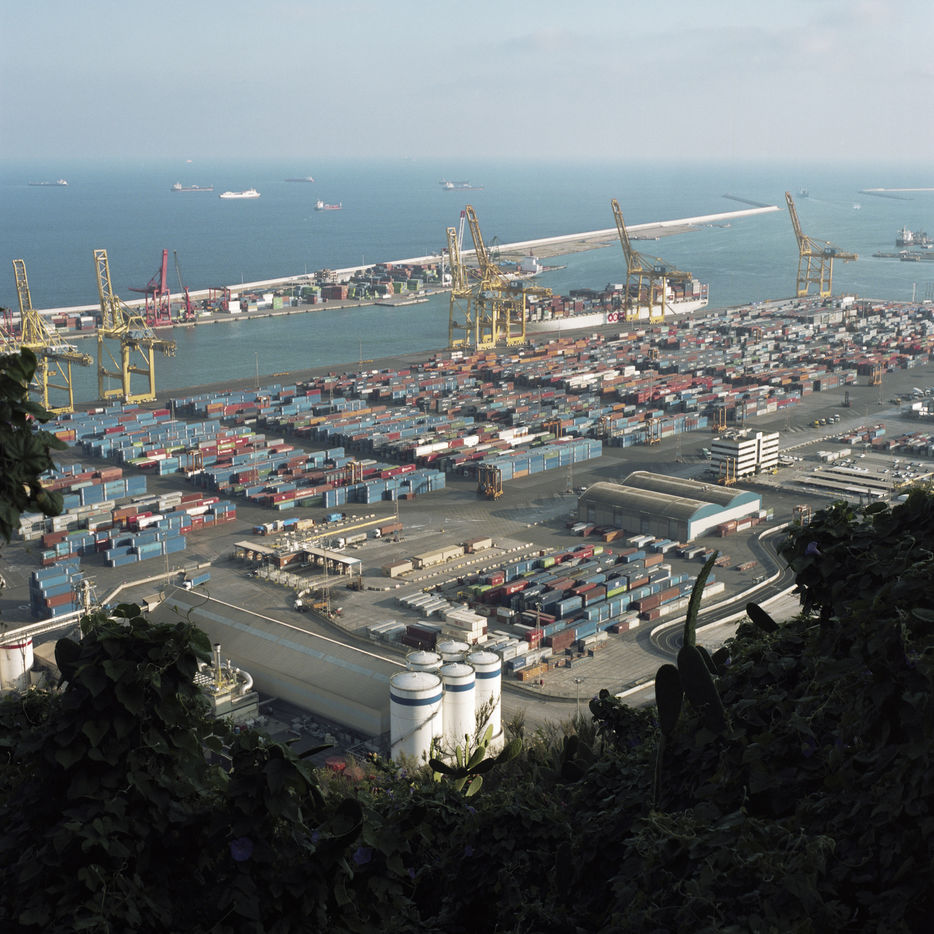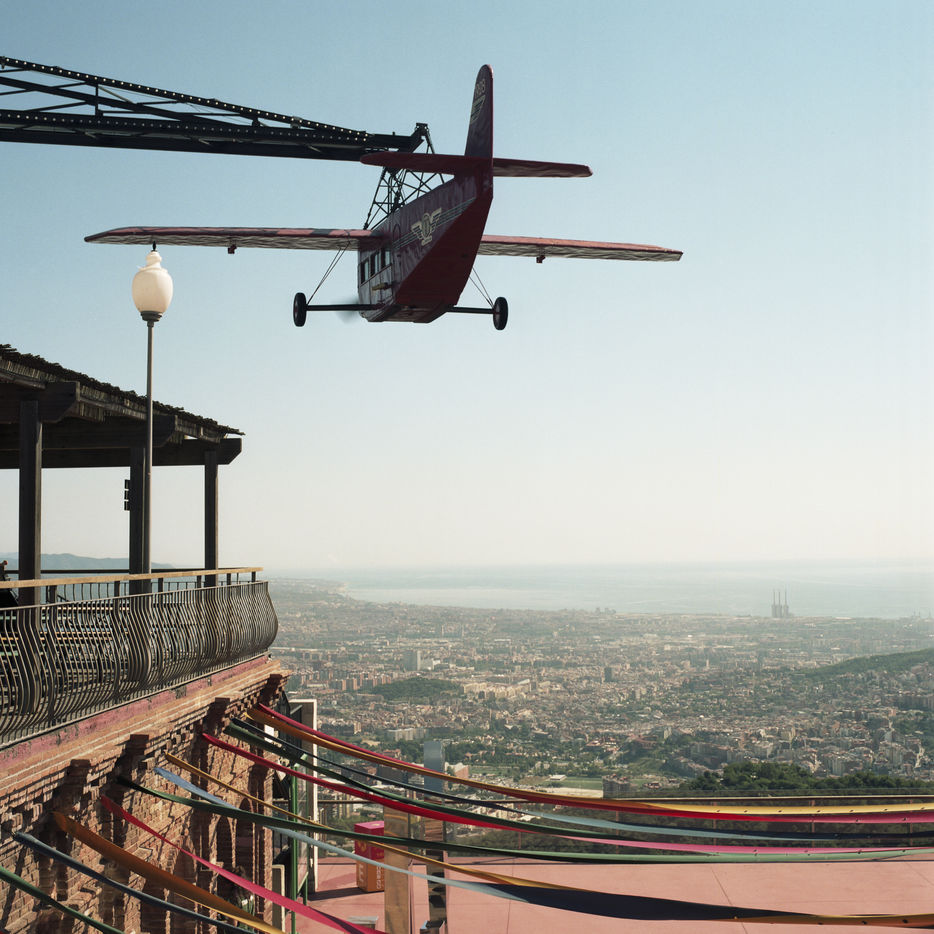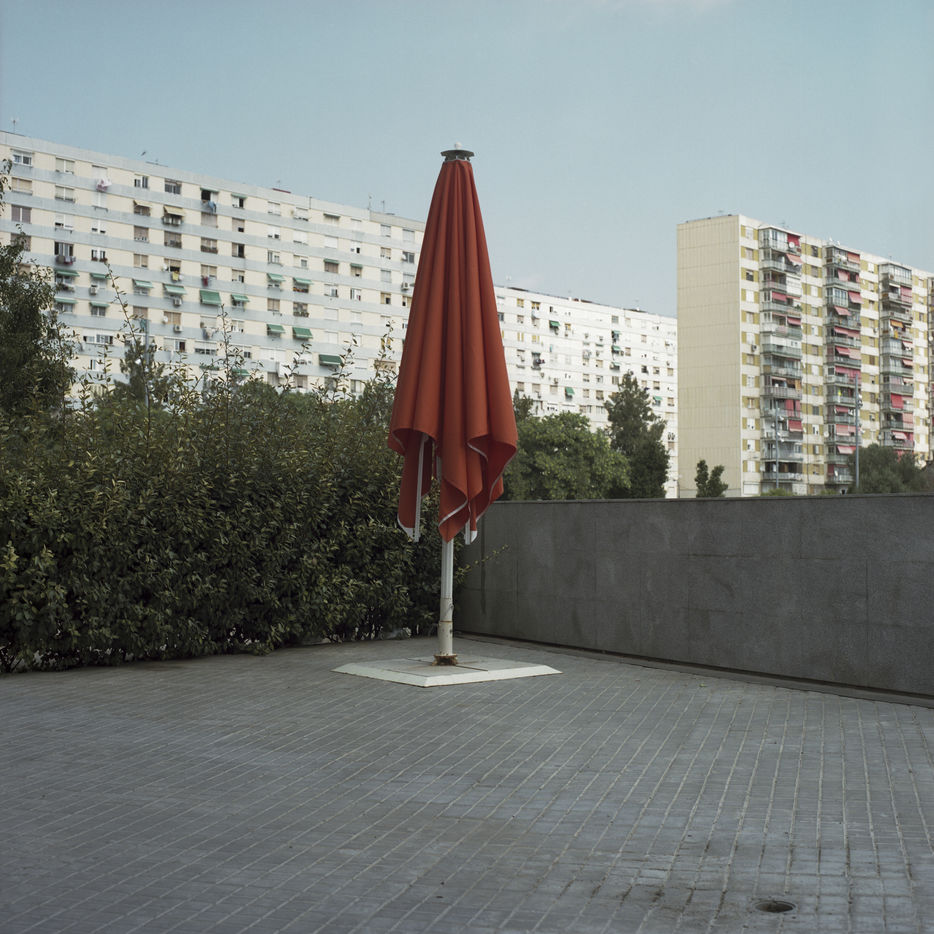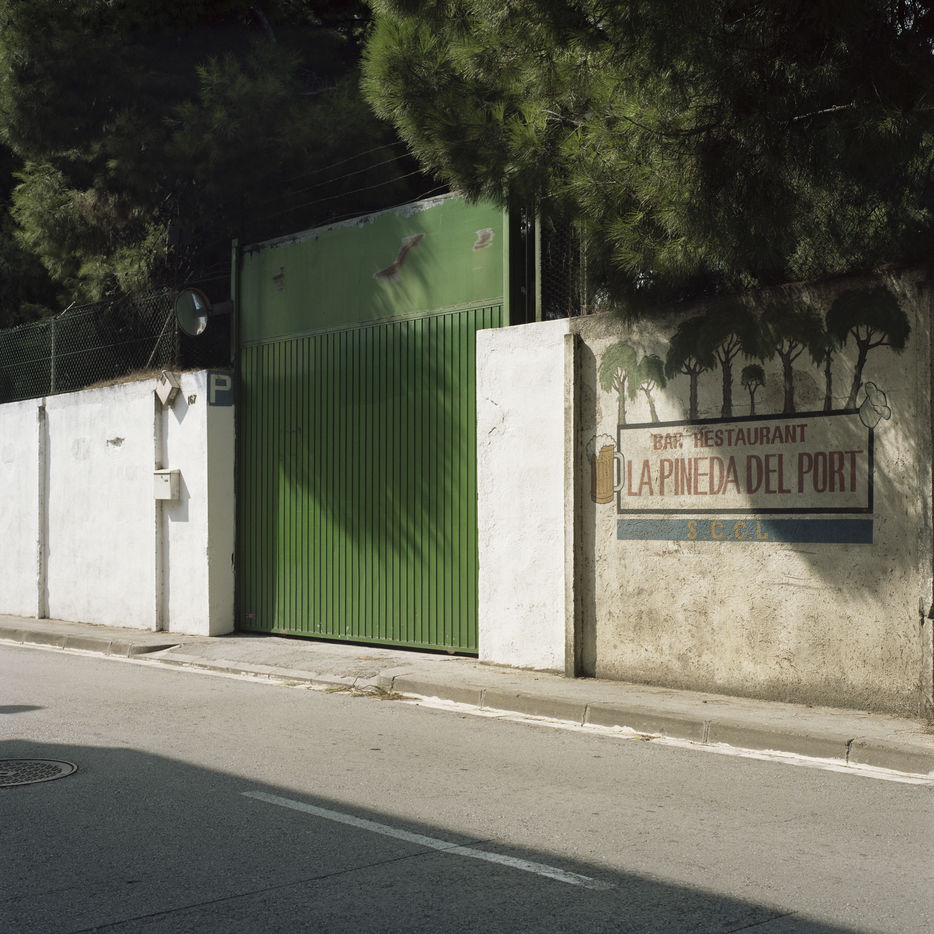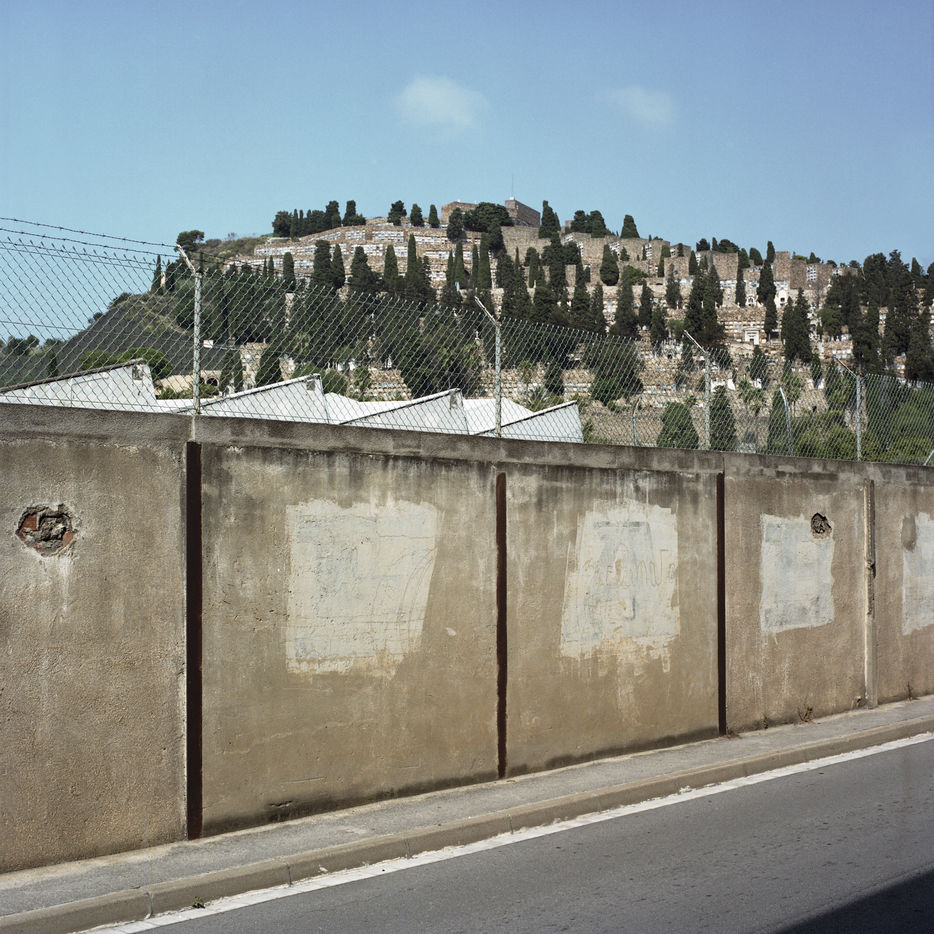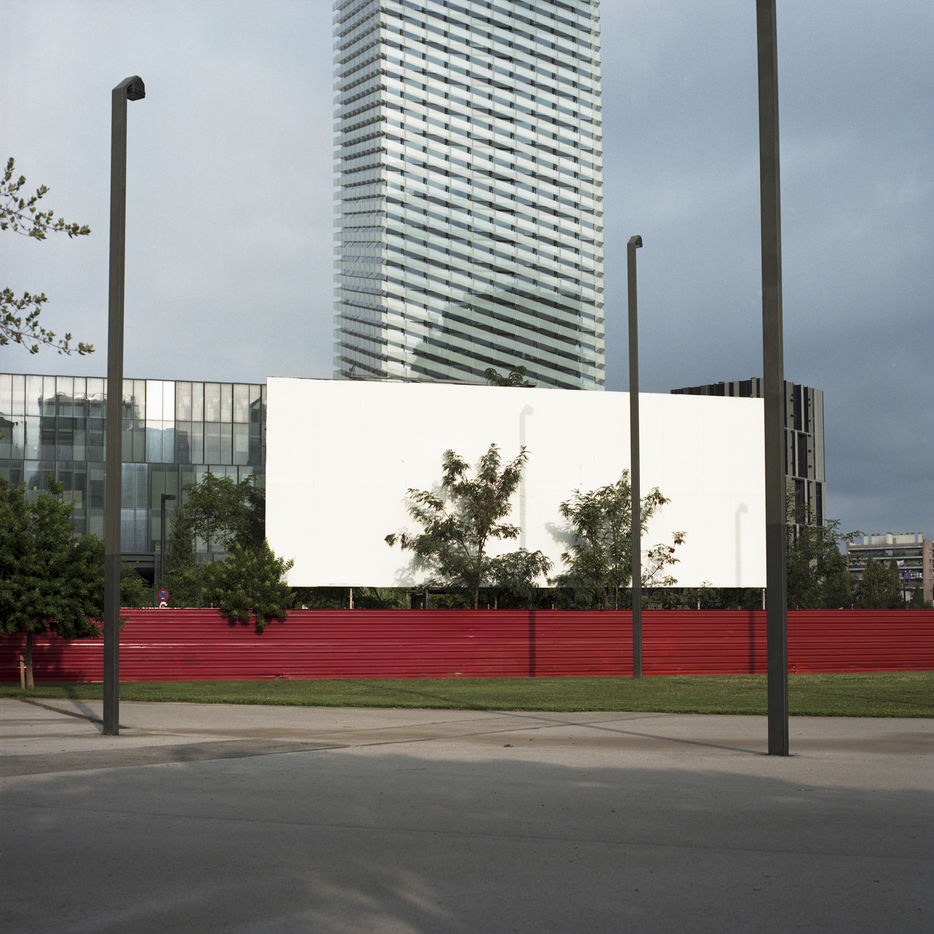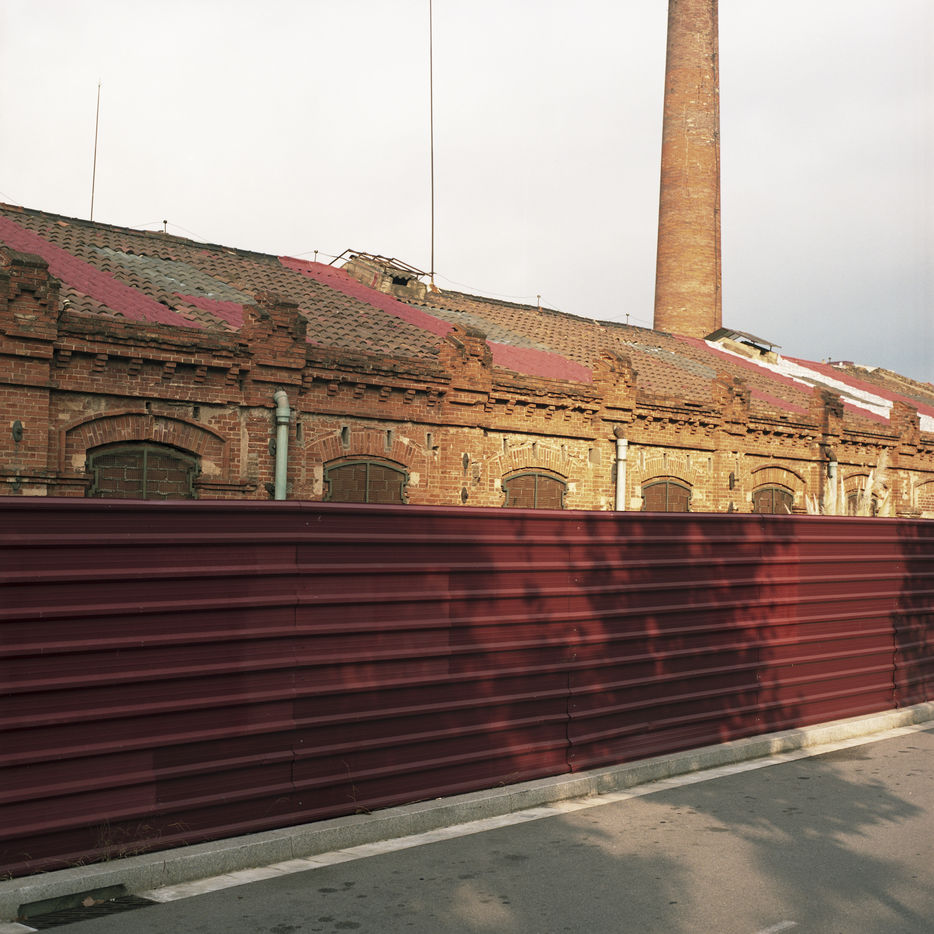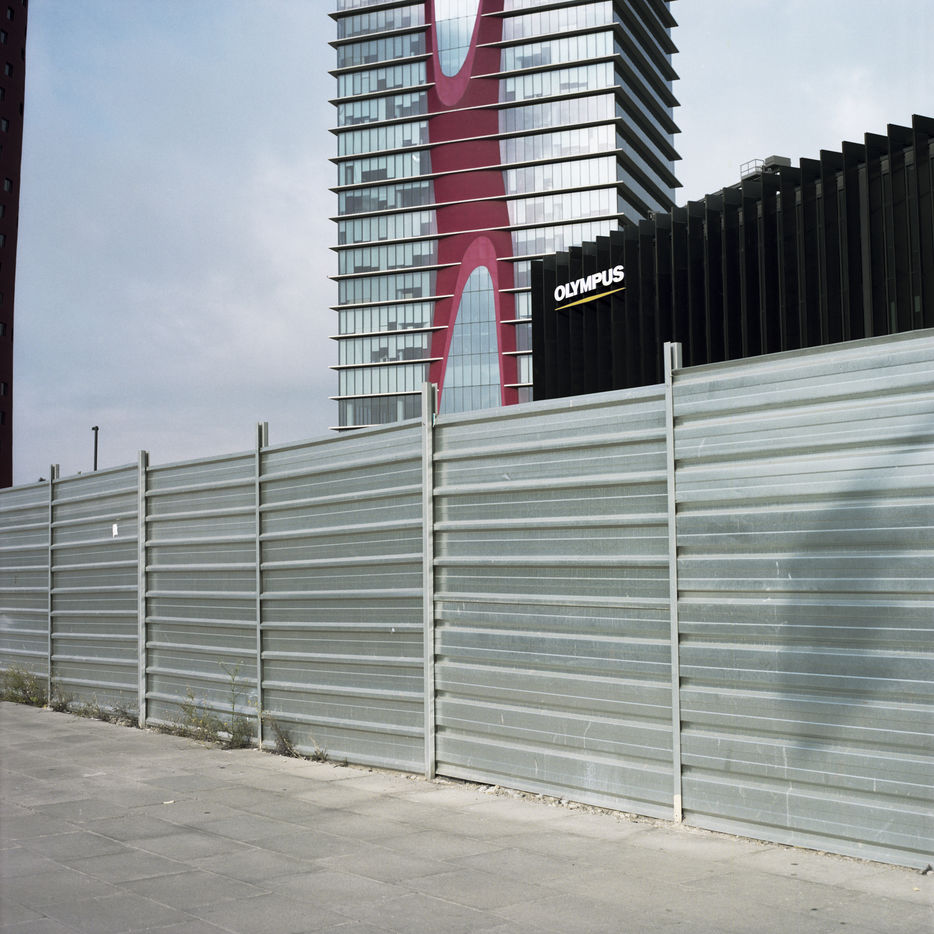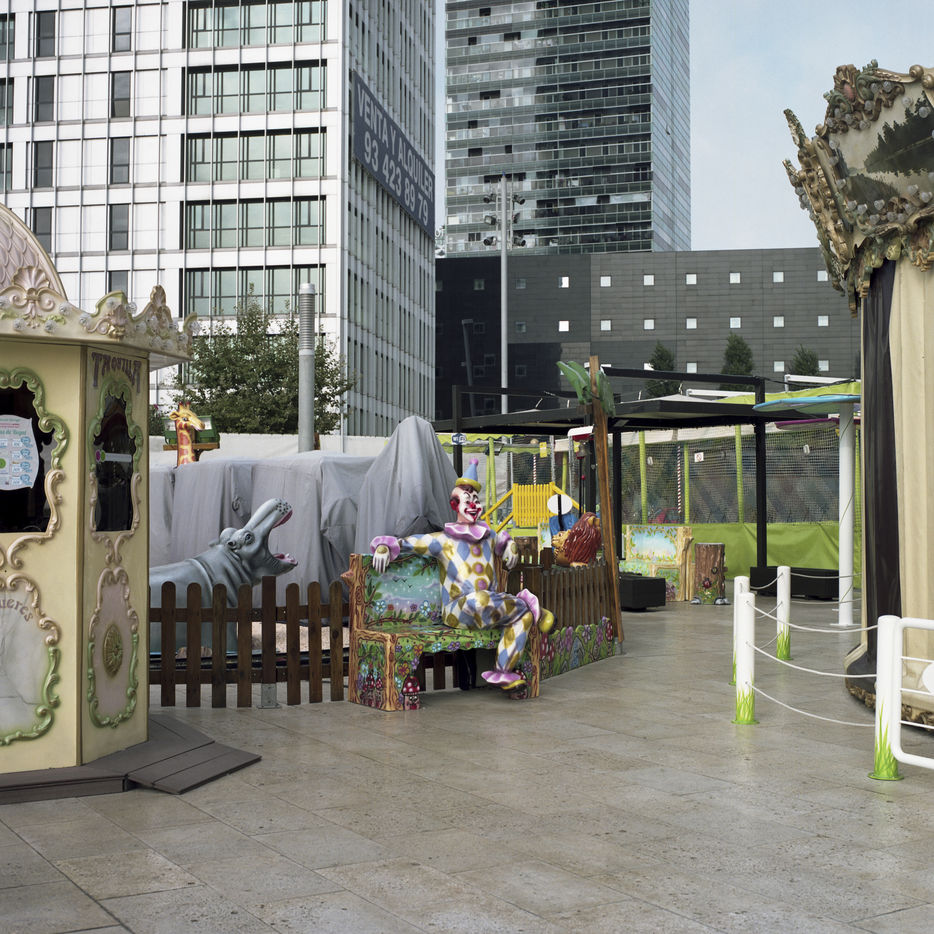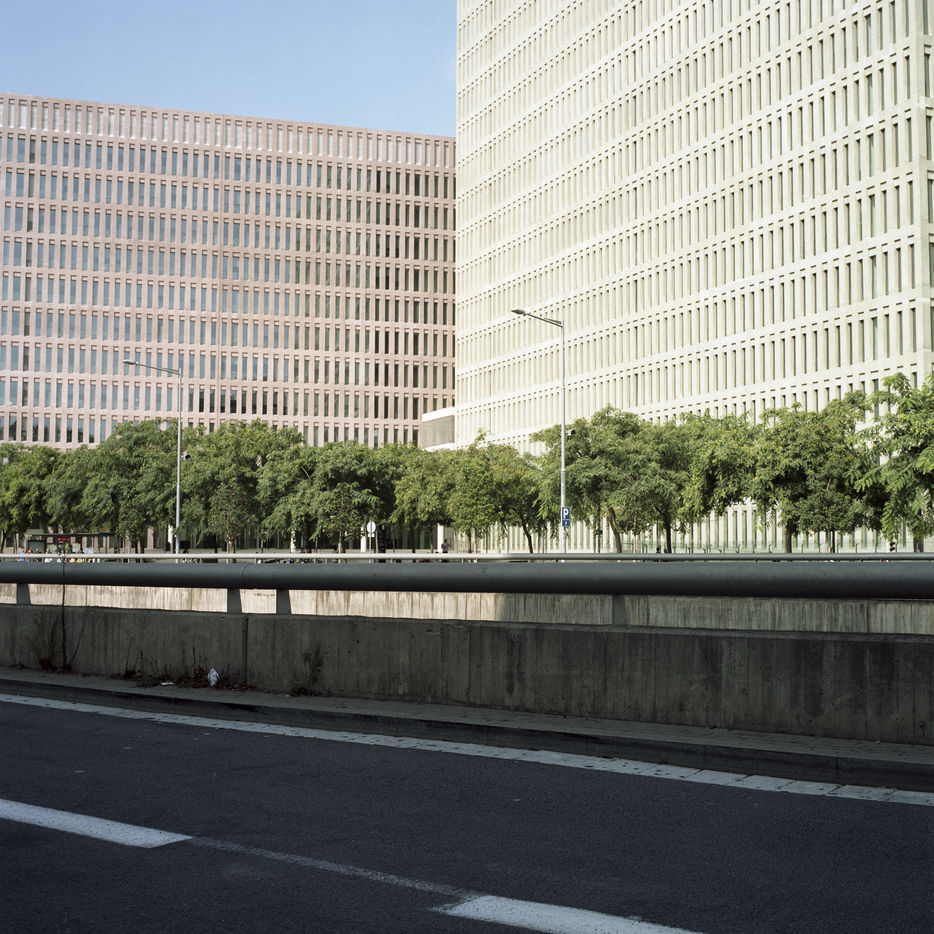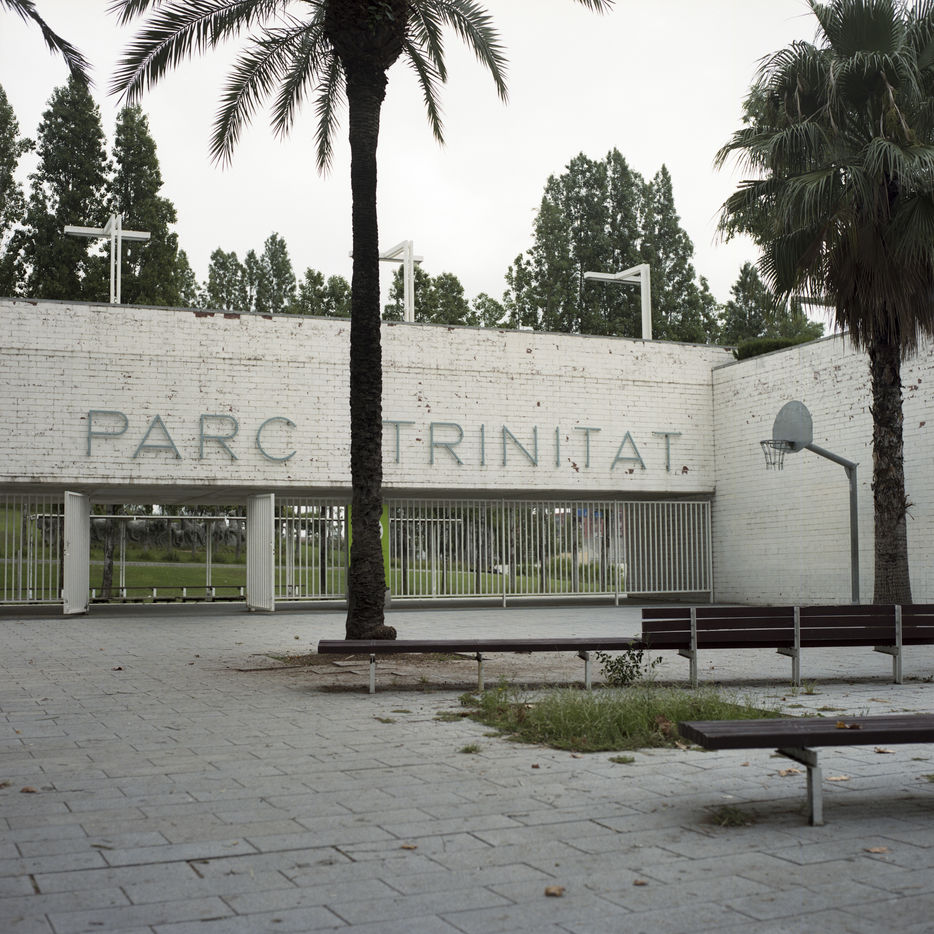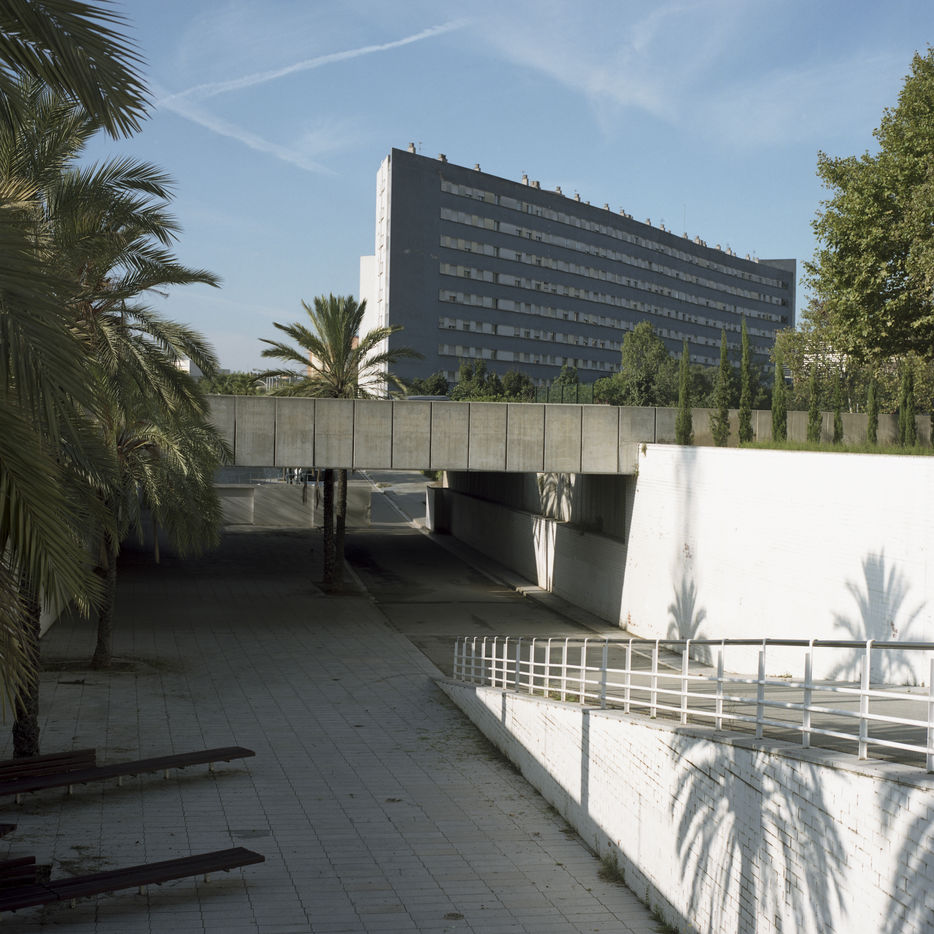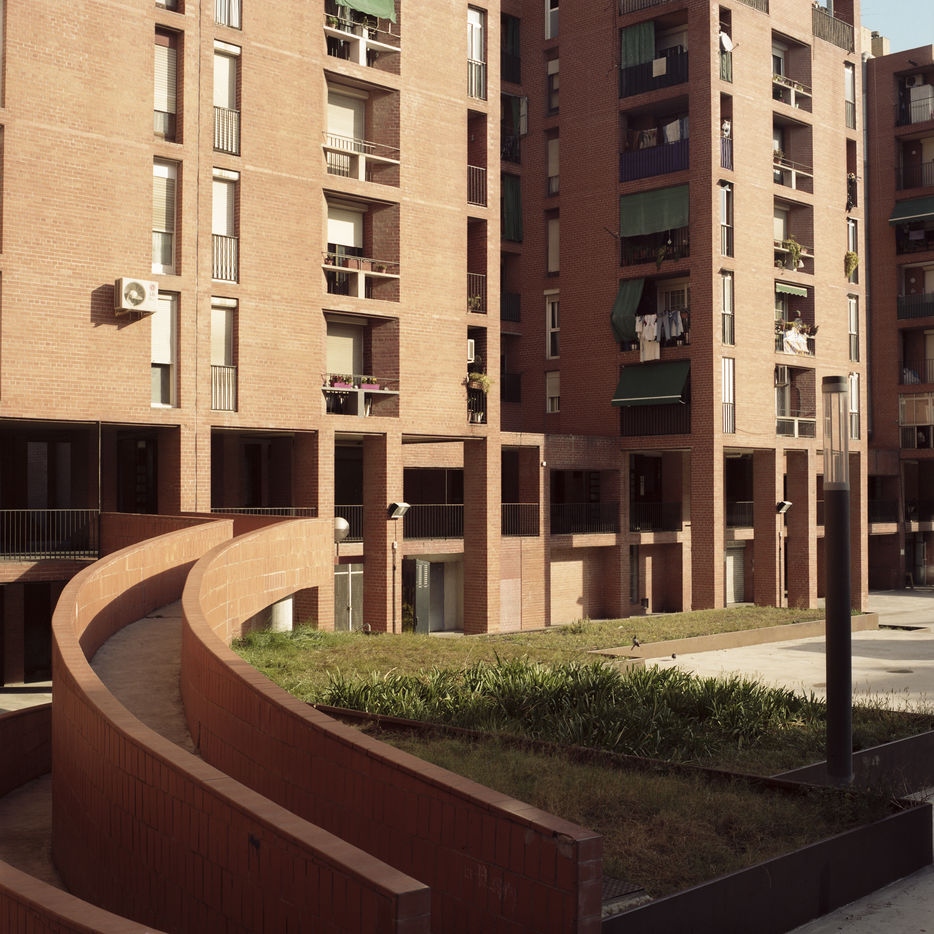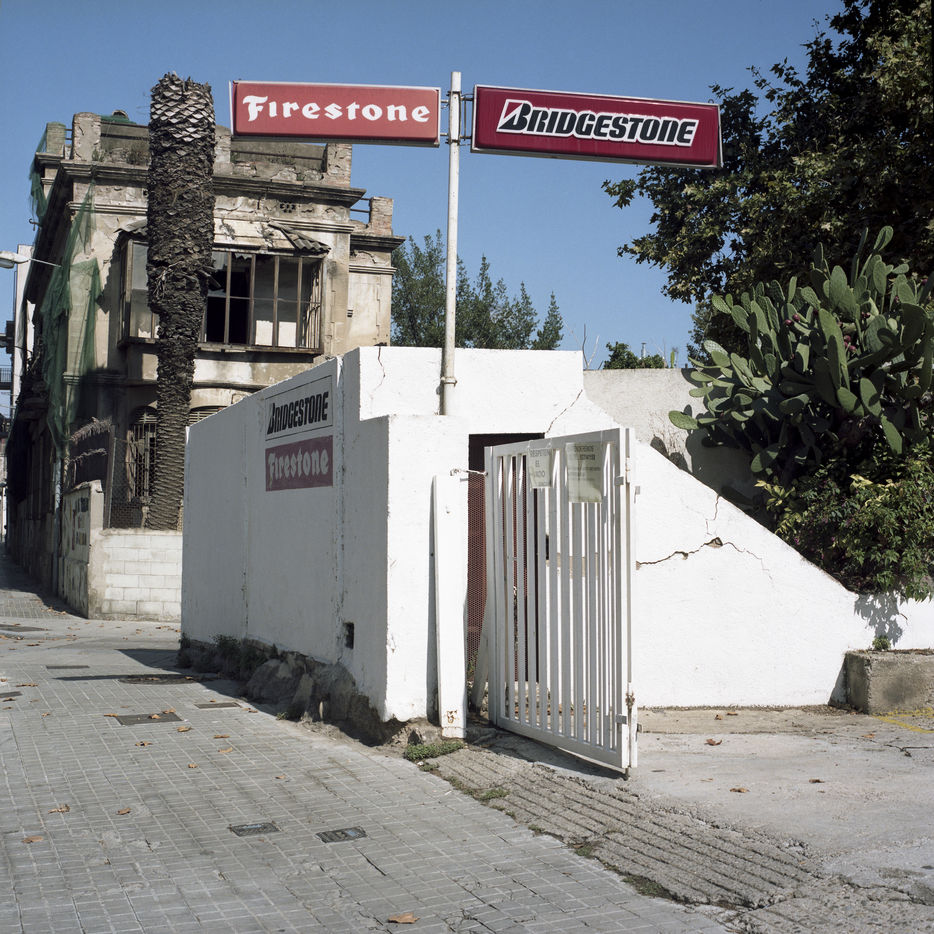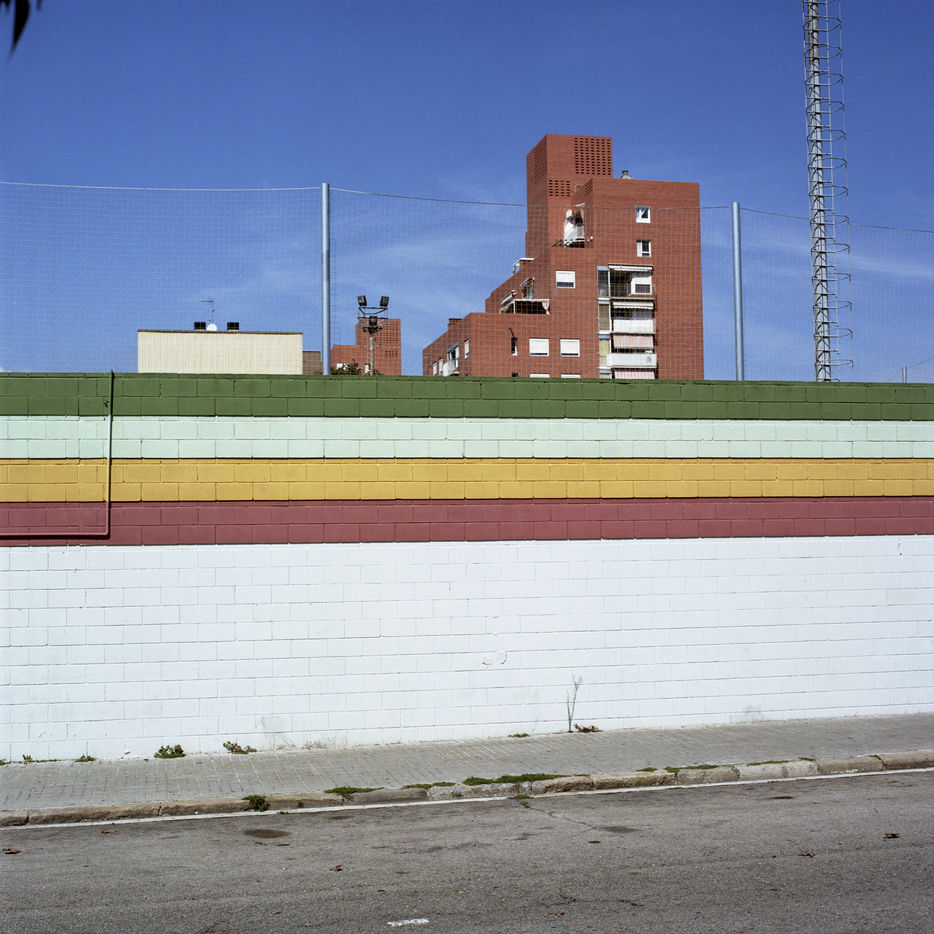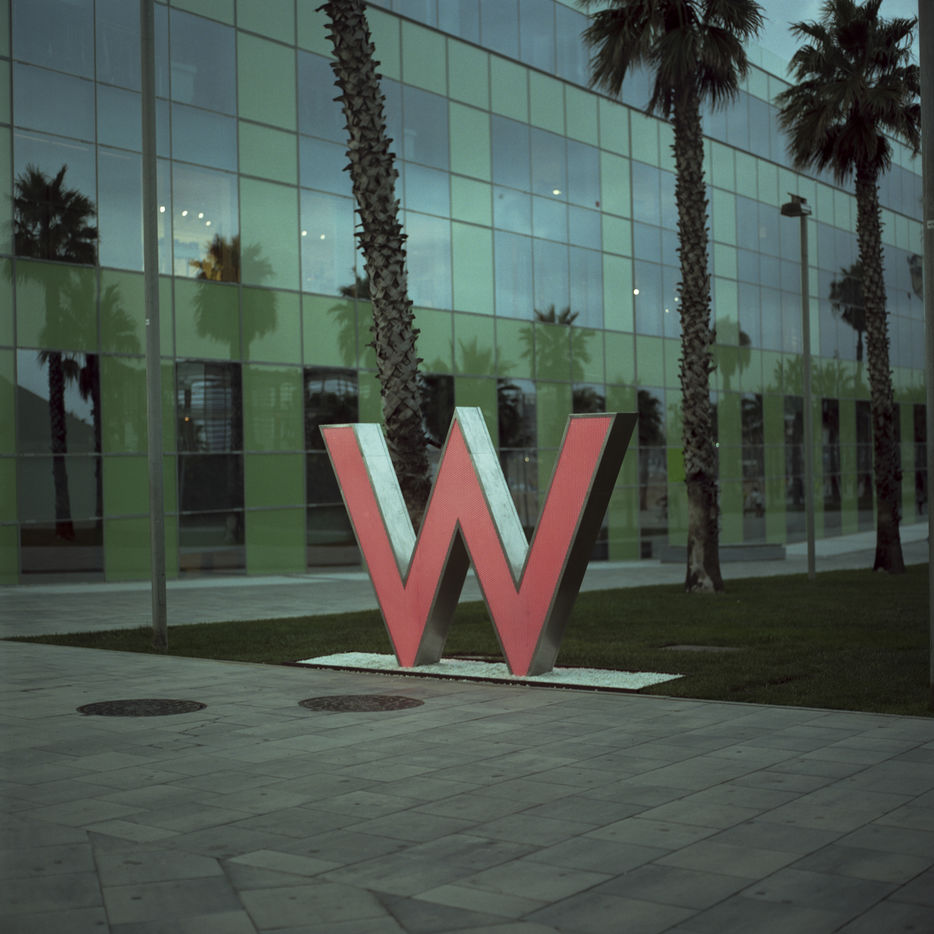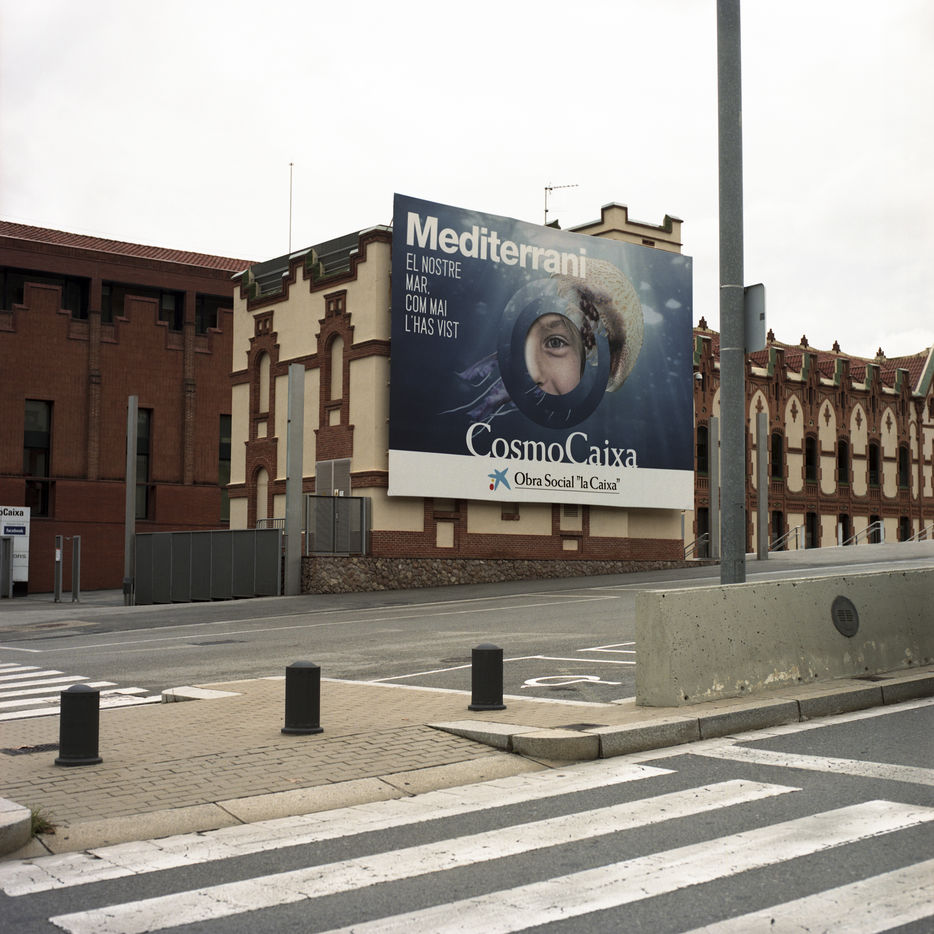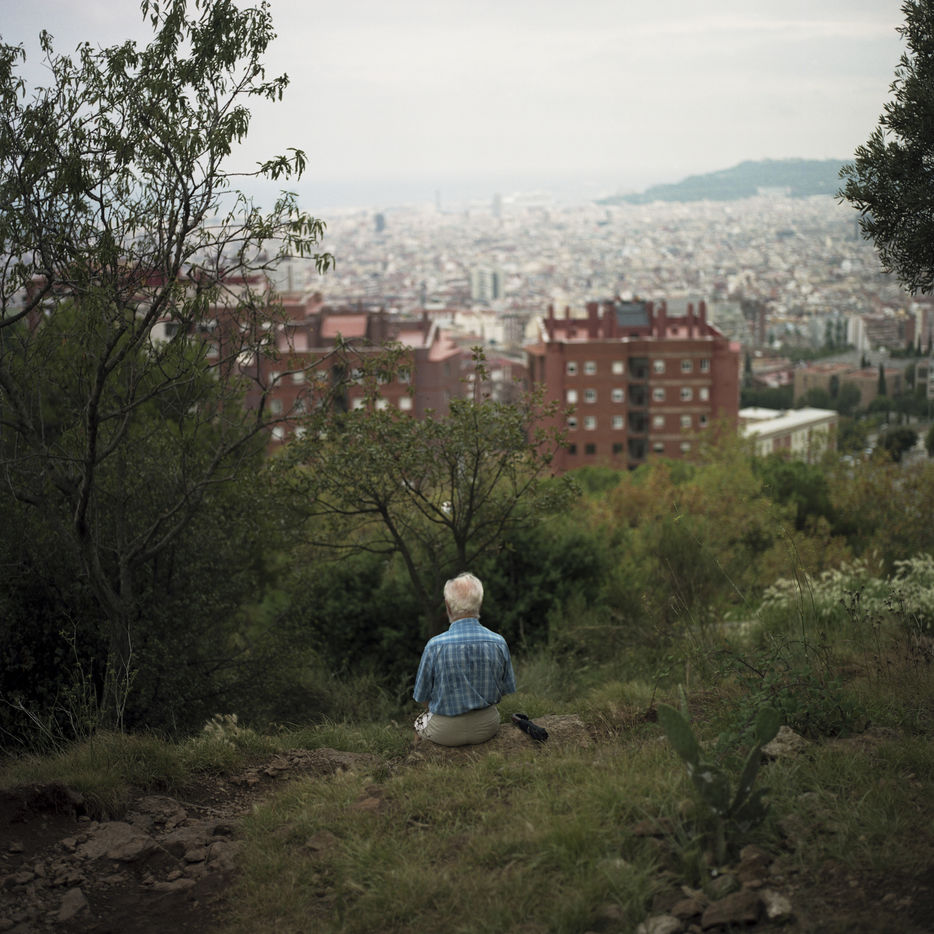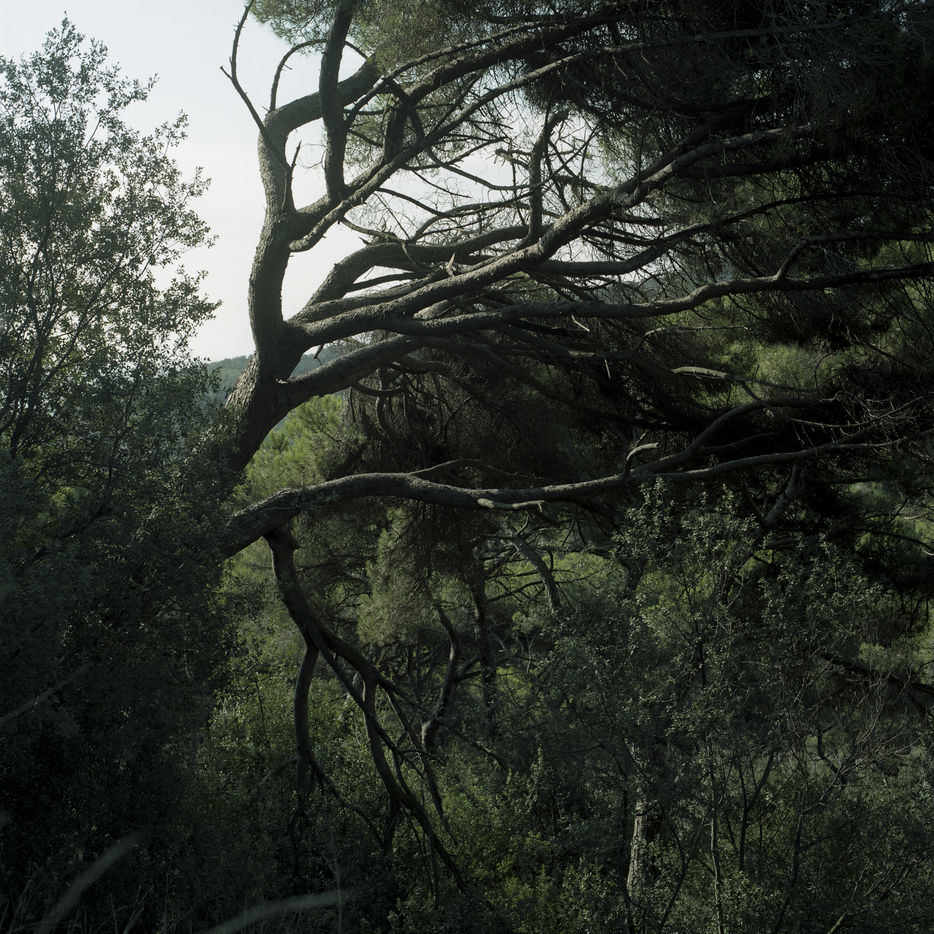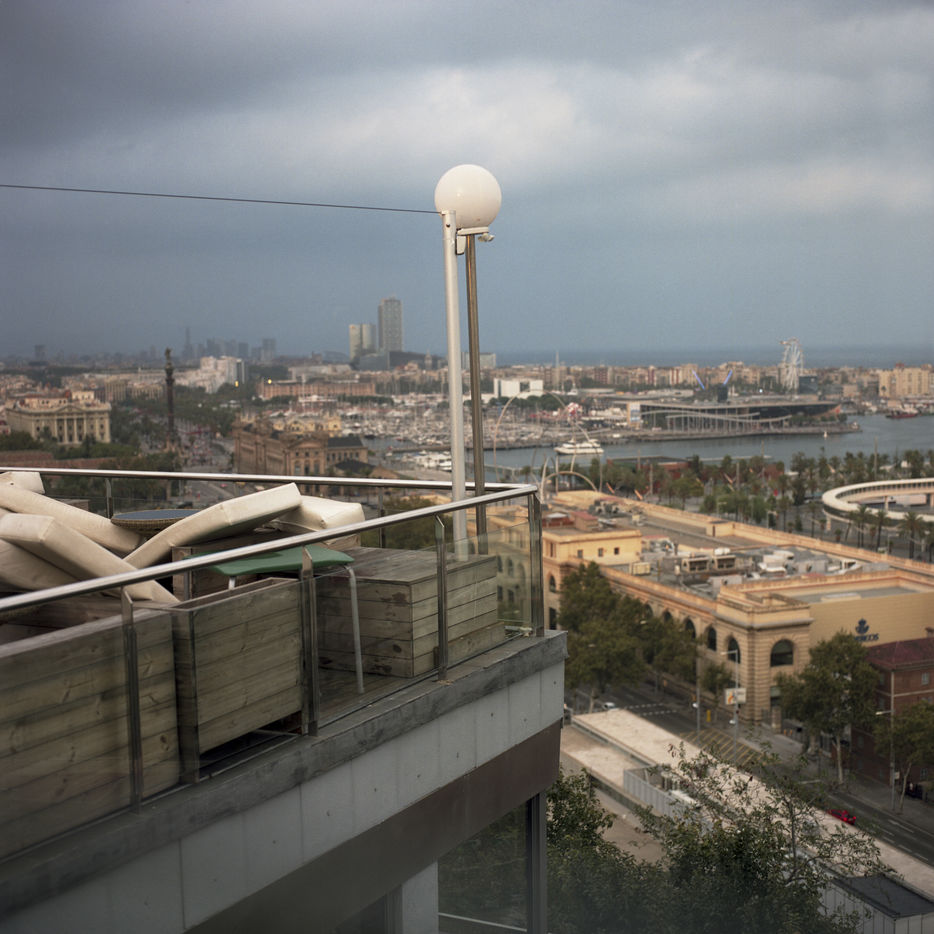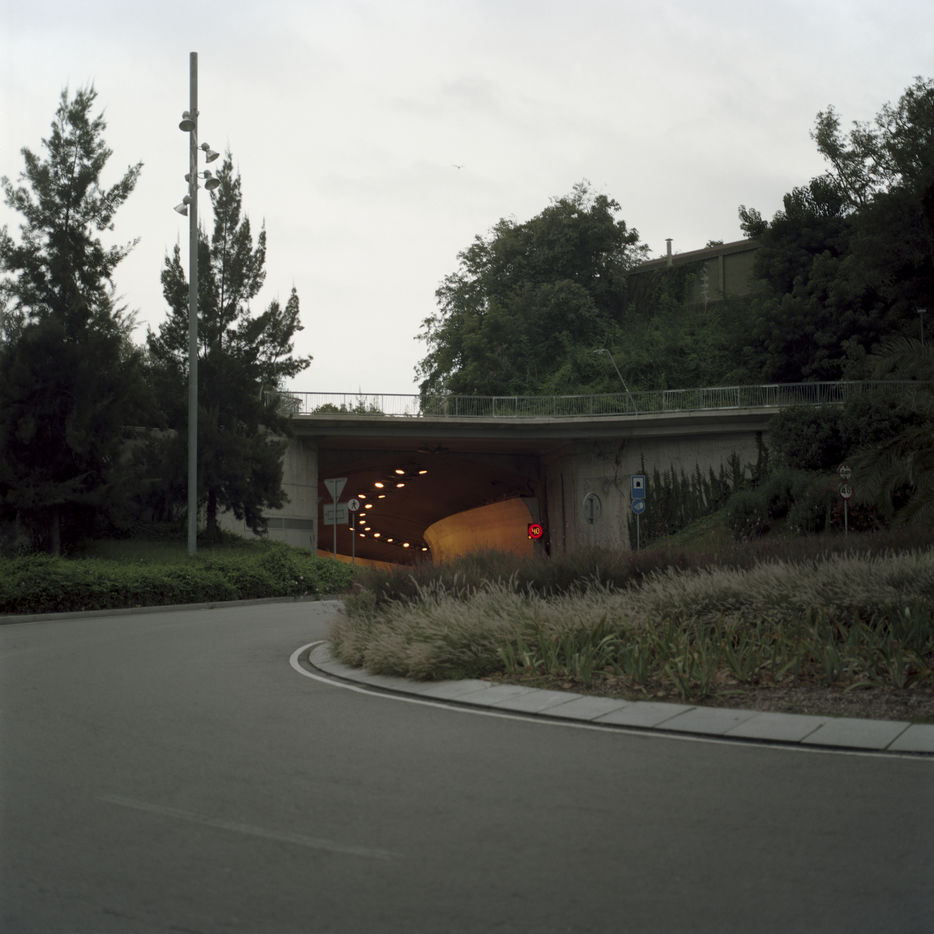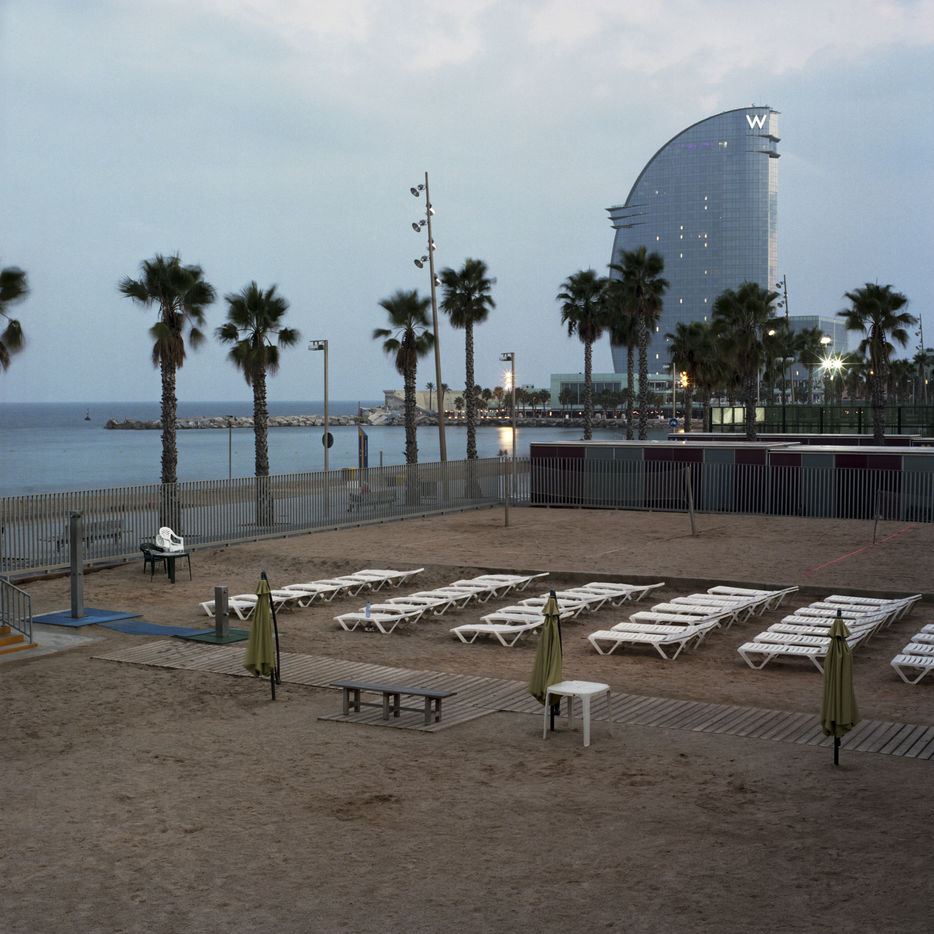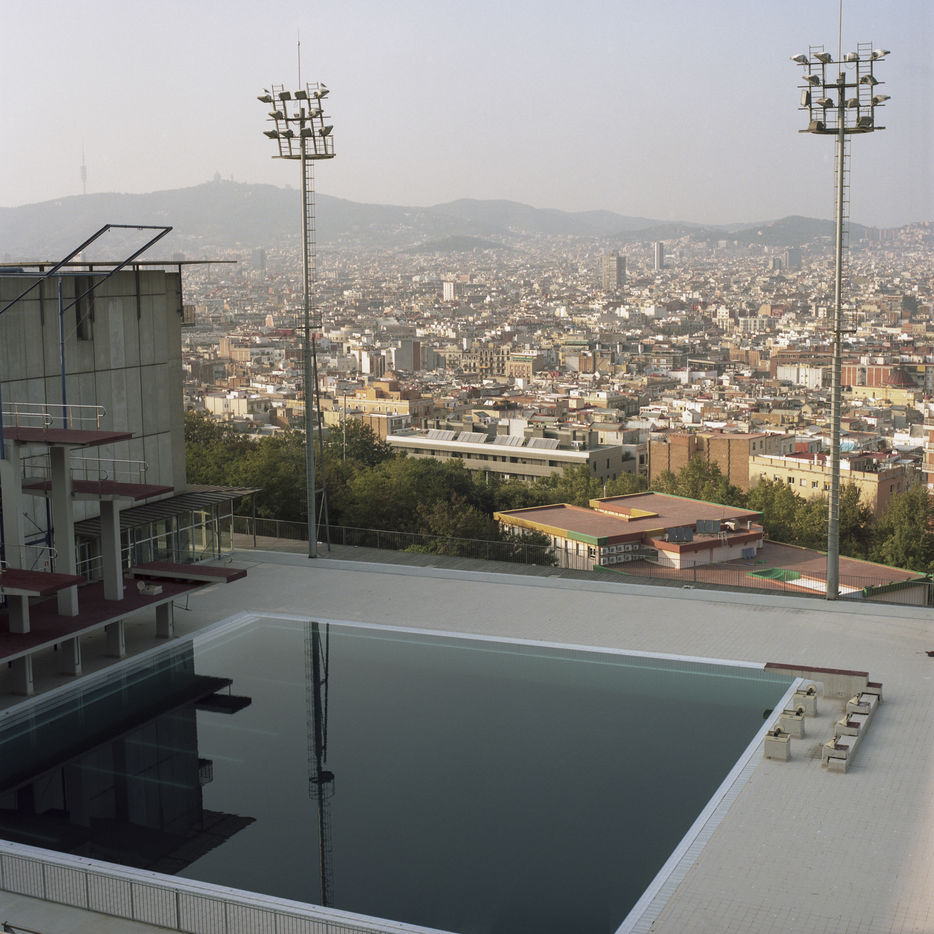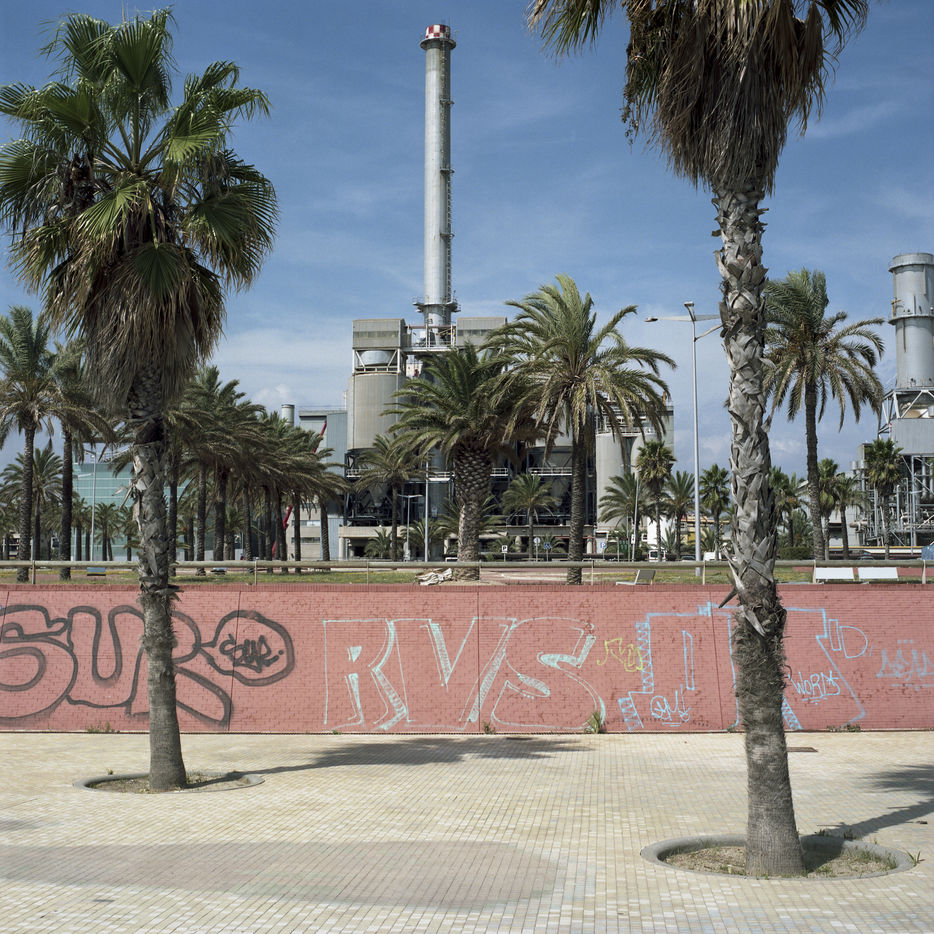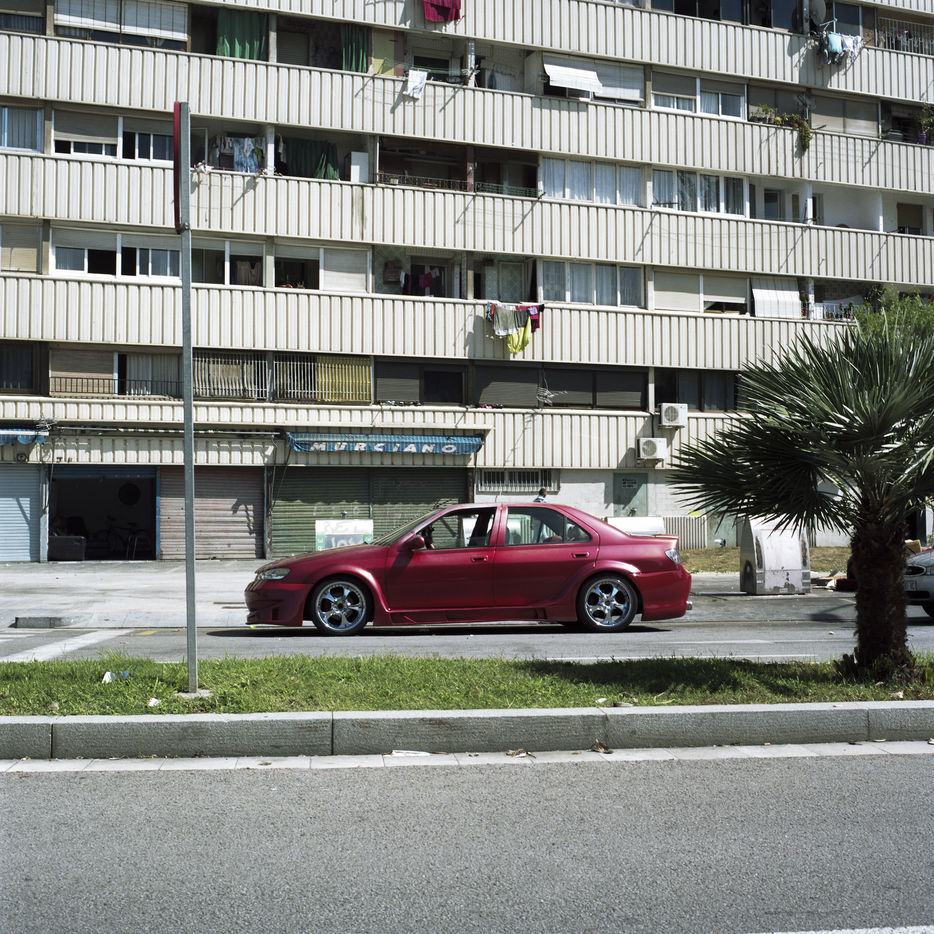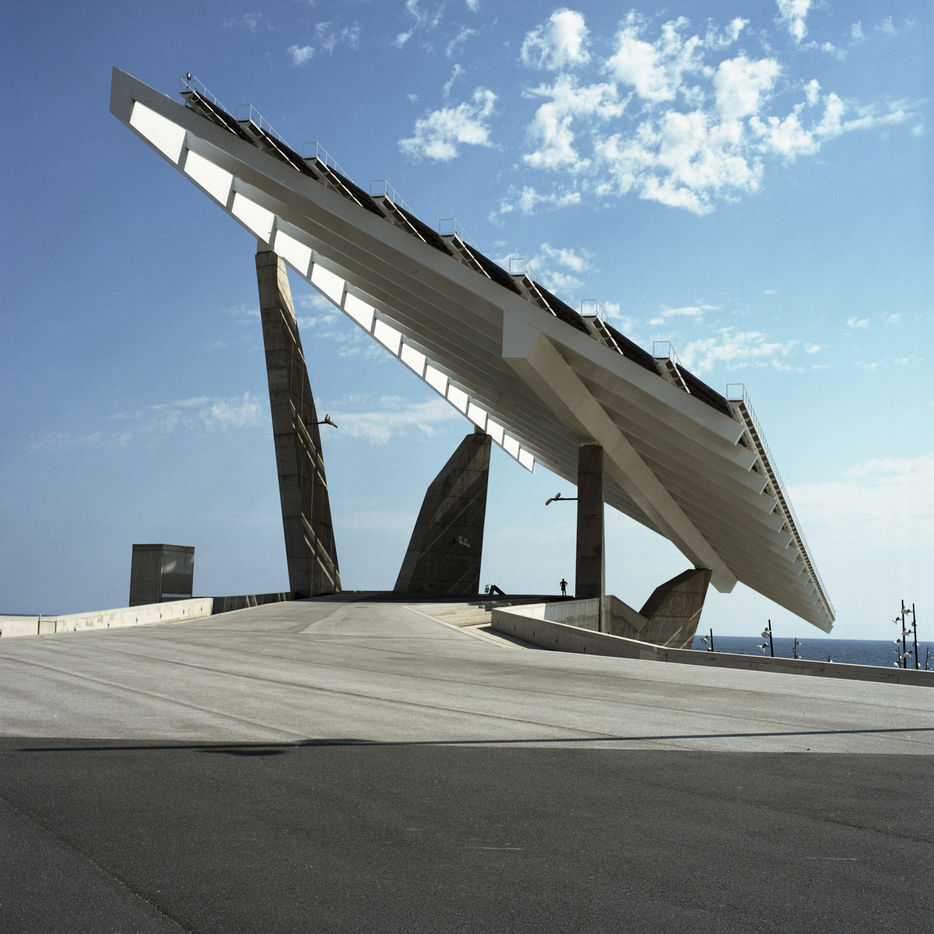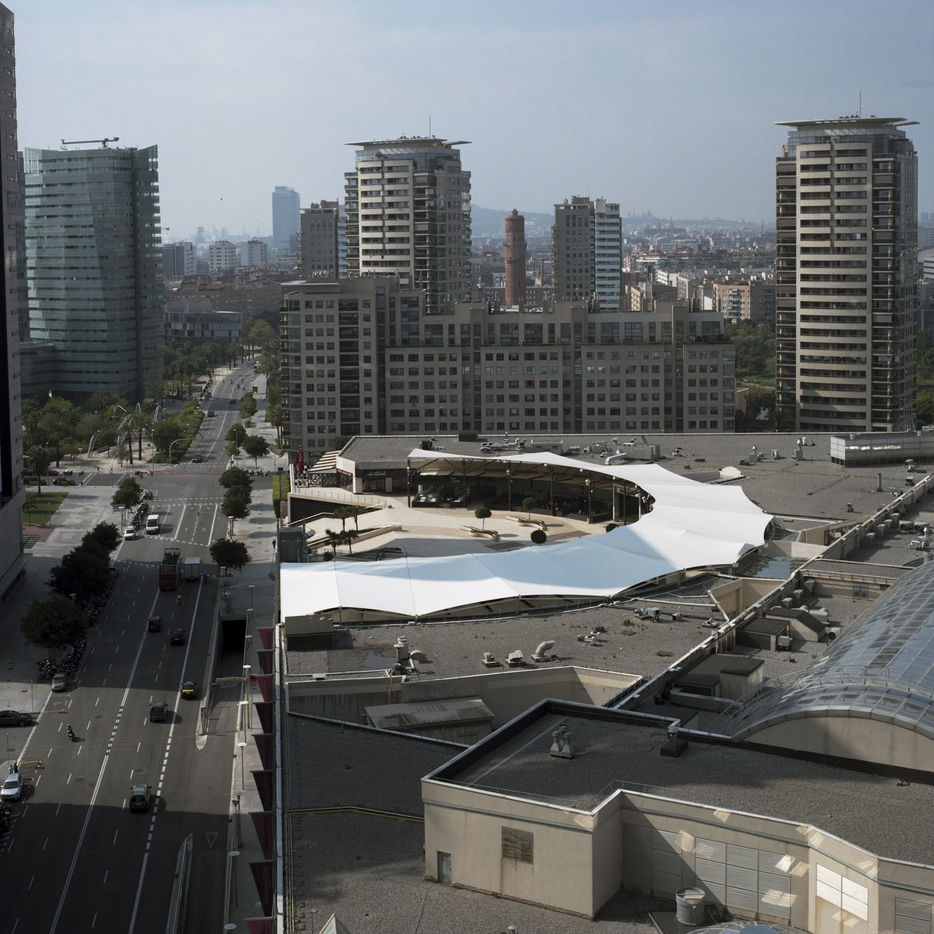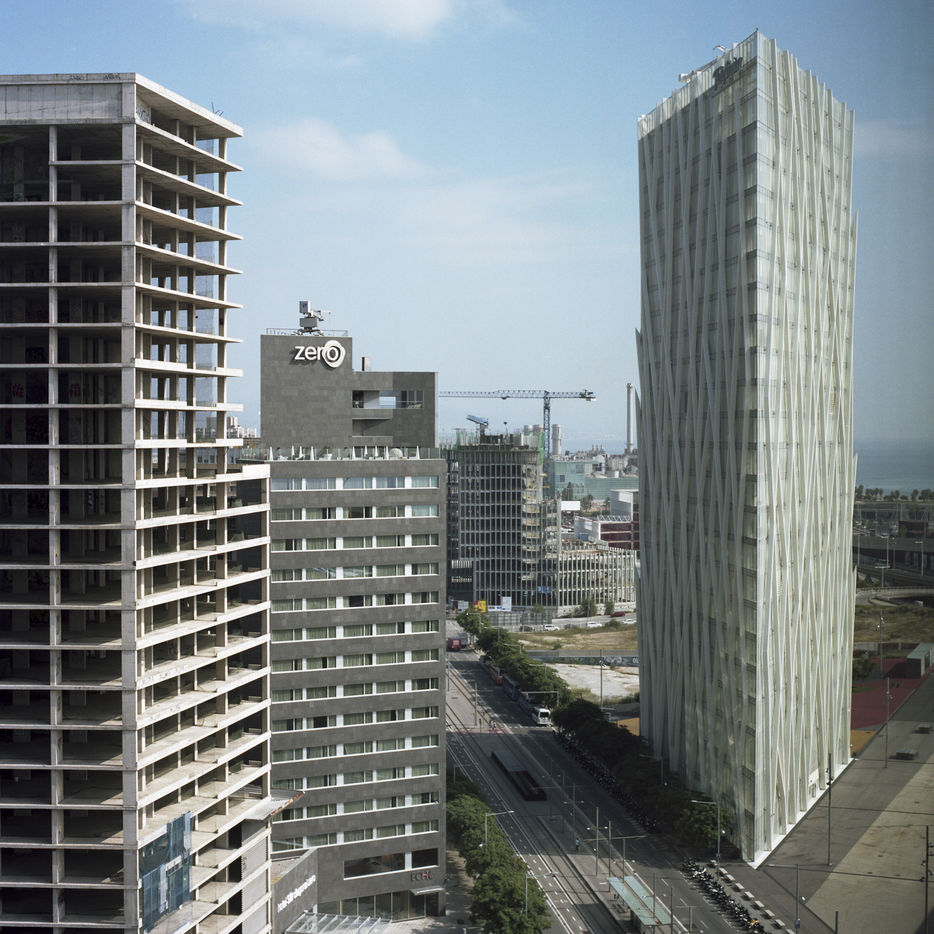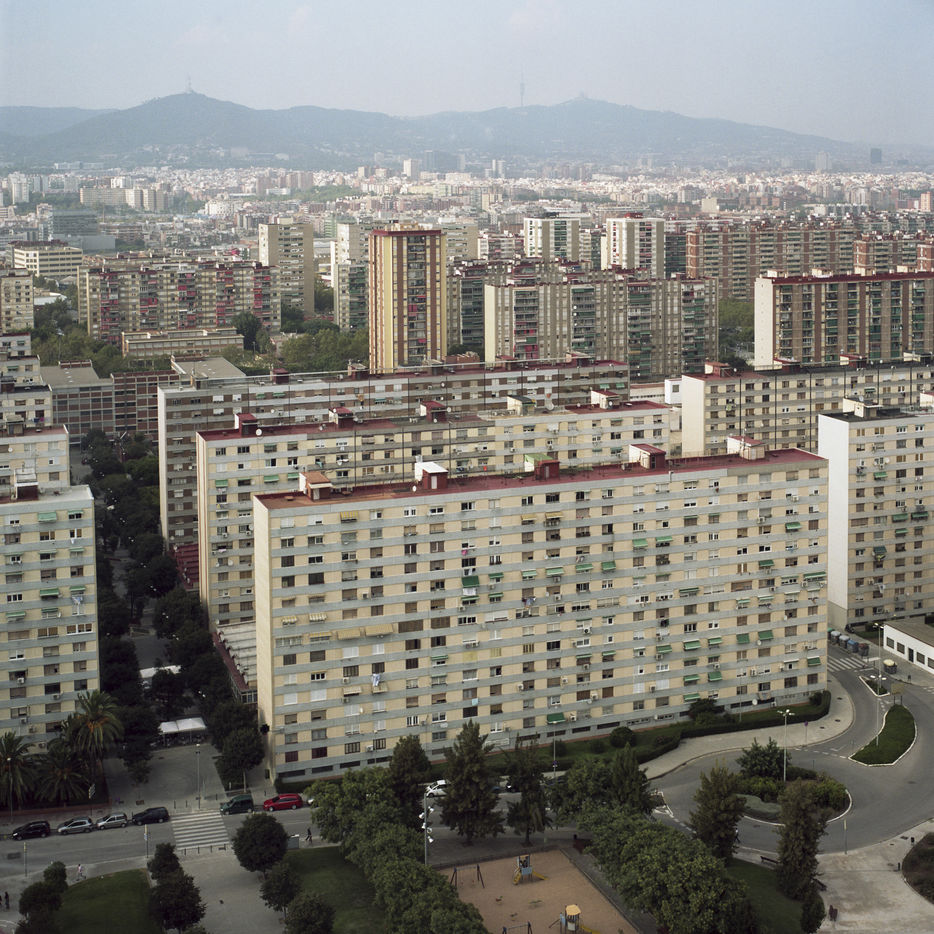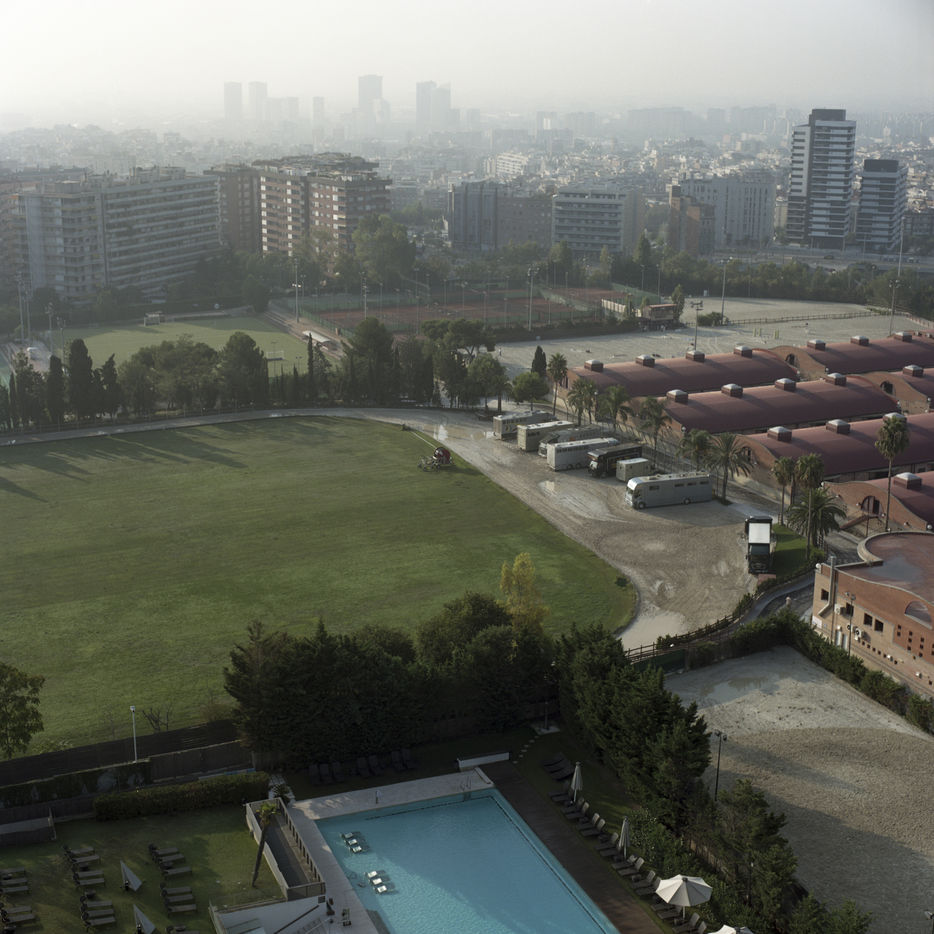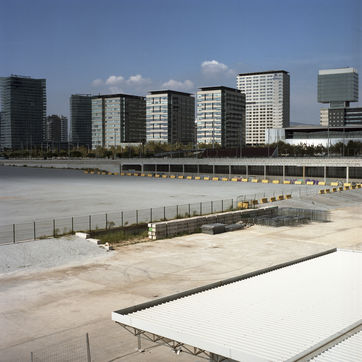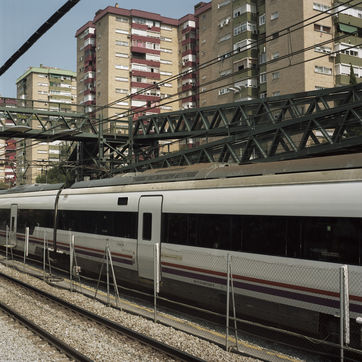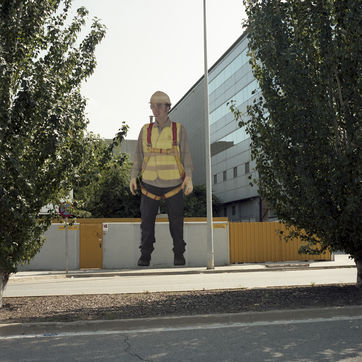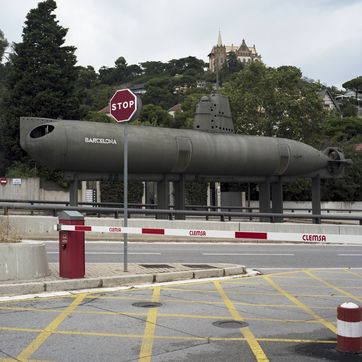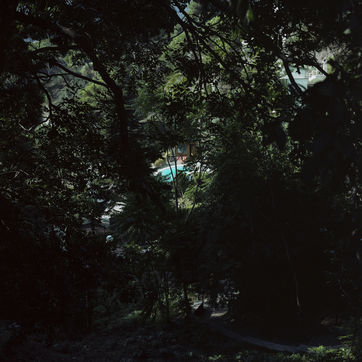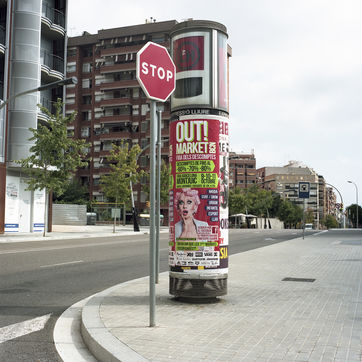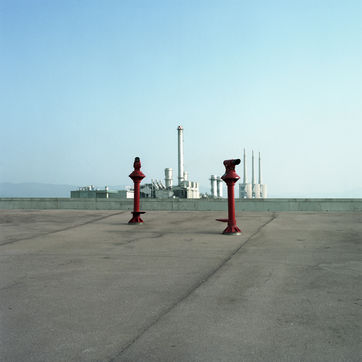Barcelone, Contours
Barcelone est reconnue comme étant la seconde ville d'Espagne après Madrid. Surnommée la Mecque de l'urbanisme, Barcelone, laboratoire urbain, propose des aménagements singuliers. A ce titre, l'ensemble des acteurs s'accorde à reconnaitre le rôle indéniable des jeux Olympiques de 1992 qui a permis de propulser la ville sur la scène internationale. Cet évènement a marqué le point de départ d'une modification substantielle de la ville, en vue de lui donner une dimension internationale.
De même, le plan Cerda a marqué de son empreinte le tracé urbain de la ville et a apporté une certaine géométrie (quadrillage, diagonale, parallèle?) à son aménagement.
Dans le cadre de cette résidence réalisée à l'Institut Français de Barcelone, je propose une démarche photographique à la fois documentaire et plastique orientée sur l'organisation de la ville à travers son urbanisation, son aménagement et ses infrastructures.
L'idée principale de ce travail est de suivre un parcours délimité par les frontières administratives des 10 districts de la ville. Les photographies identifient les limites de la ville administrative. L'objectif de cette approche photographique est de réfléchir sur la place de l'espace public dans la ville, véritable trame de l'aménagement urbain de Barcelone, et sur les limites entre la ville et la nature.
Barcelone reste inscrite géographiquement entre la mer méditerranée et ses montagnes: est-ce une contrainte pour son développement urbain?
Barcelona, Contours
Barcelona is recognised as the second city in Spain after Madrid. Known as the Mecca of urban planning, Barcelona is an urban laboratory with unique developments. In this respect, all the players agree that the 1992 Olympic Games played an undeniable role in propelling the city onto the international scene. This event marked the starting point for a substantial modification of the city, with a view to giving it an international dimension.
Similarly, the Cerda plan left its mark on the city's urban layout and brought a certain geometry (grid, diagonal, parallel...) to its development.
Within the framework of this residency at the French Institute in Barcelona, I propose a photographic approach that is both documentary and plastic, focusing on the organisation of the city through its urbanisation, its development and its infrastructures.
The main idea of this work is to follow a route delimited by the administrative borders of the 10 districts of the city. The photographs identify the boundaries of the administrative city. The aim of this photographic approach is to reflect on the place of public space in the city, the true framework of Barcelona's urban planning, and on the limits between the city and nature.
Barcelona remains geographically inscribed between the Mediterranean Sea and its mountains: is this a constraint for its urban development?
Translated with www.DeepL.com/Translator (free version)
